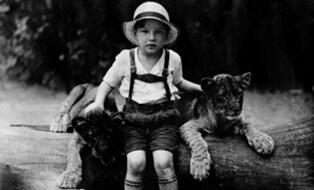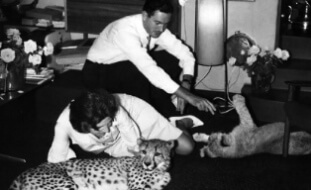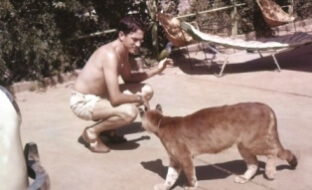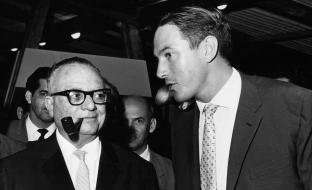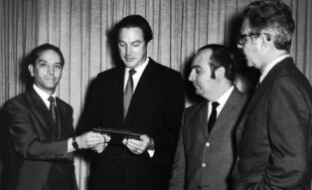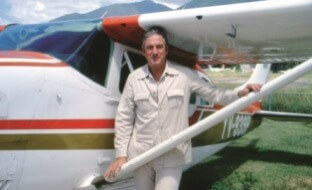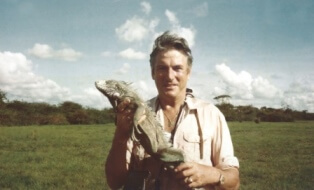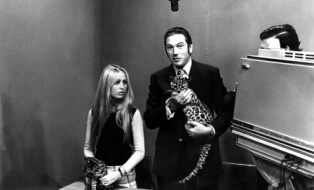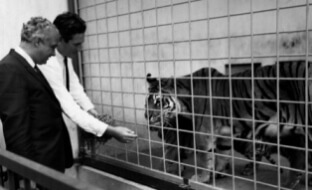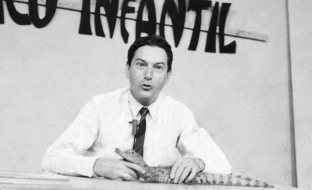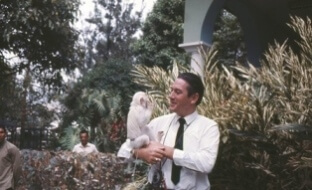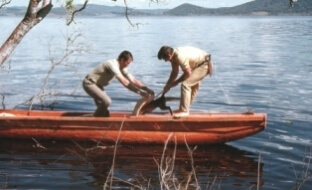His Life-Story
Karl Peter Trebbau Millowitsch otherwise known as Pedro Trebbau, is a German-Venezuelan zoologist who has dedicated his life to promoting the conservation of the flora and fauna in Venezuela, the country he took up home in. His conservation work and hand in building zoological parks in the country set a worldwide benchmark.
Born in the Germany in the city of Cologne in 1929, Trebbau showed a keen interest in the animal kingdom and natural world from a very early age. As a boy it was customary to have animals at home; fish, rats and snakes. He would hear his family talk about his Great-Grandfather’s involvement in building a zoo and that instilled in him interest that later drove his vocation. By the thime he was an adolescent it was clear he wanted to study zoology, veterinary medicine and become the director of a zoological park - he has never been afraid of any animals.
Quite a few years would pass before Trebbau would decide to travel to Venezuela as a student with the hopes of broadening his knowledge on the country’s wildlife. In Germany, during his youth, he would live through crises that impacted the world; the collapse of the Wall Street Stock Exchange (the year he was born) and the rise of fascism across Europe that gave way to Adolf Hitler in 1932 and the Second World War that left Germany in tatters for many years after. At that time, uncertainty, fear and dissatisfaction ran rife among German citizens and there were two options; to surrender or to live. Trebbau choose to live.
Read more

